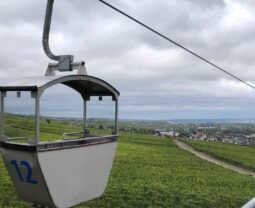We just wrapped up our second getaway since mid-May, the date when Germany lifted its COVID quarantine restrictions. The minute the government said we were free to travel, we jumped in the car to see new places.
What we found was less crowded tourist spots, happy restaurateurs who missed tourists, grateful hotel owners, and the feeling of some kind of normalcy again. The travel has been great; looking out of a different window with a new view is good.
But it still is a pandemic and things are most definitely back to “normal.” Everything takes a little longer, requires a mask and a bit more planning and waiting. Don’t get me wrong, I am happy to slap on a mask if it means I’m not sequestered in my house for weeks at a time.
If you haven’t yet ventured out or are just beginning to make plans to do so, here are some things we’ve discovered after two vacations. [Note: We have only traveled within Germany so some of these may not apply to other locations.]
Take Baby Steps: Stay Close, Consider Driving
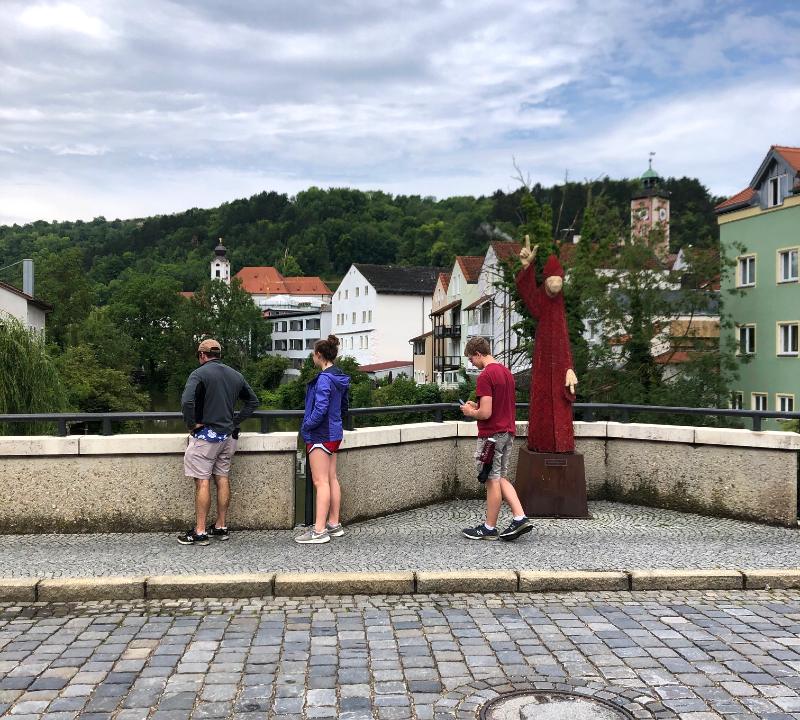
Starting small for your first trip out is highly recommended. Even if I could, I’m not quite ready to hop on a plane and travel across multiple time zones into a place where I don’t know the language, culture, or healthcare system. Be smart and use common sense.
Our first trip out of the gate, my husband and I left the kids at home for the weekend (which they loved) to visit a small town on the Mosel river. Only two hours away, we knew we could easily get home if things got bad or someone got sick. After that trip seemed pretty simple and safe, we planned a trip to Munich with the kids. With a long list of places to visit in Bavaria, this seemed like the perfect time to venture to another state, cross off some bucket list items, and still be close enough to home if things got crazy.
Related: Why I Will Travel the First Chance I Get
Know the Local Restrictions Before You Go

Every country, state, and county has its own restrictions or guidelines around who can come and go. Before you even get in the car, double check if you’re allowed to be at your destination. Also, each establishment may have differing guidelines for its patrons.
As I’m writing this, even some states within Germany are requiring negative COVID tests for some other states. Some countries need proof you have accommodations booked. A few websites like ReOpen Europa and IATA provide updated information about travel restrictions. If you’re still unsure, contact the hotel or Airbnb host to get additional information.
Related: 13 Awesome Ways to Survive a Road Trip with Teenagers
Take Along the Right Gear
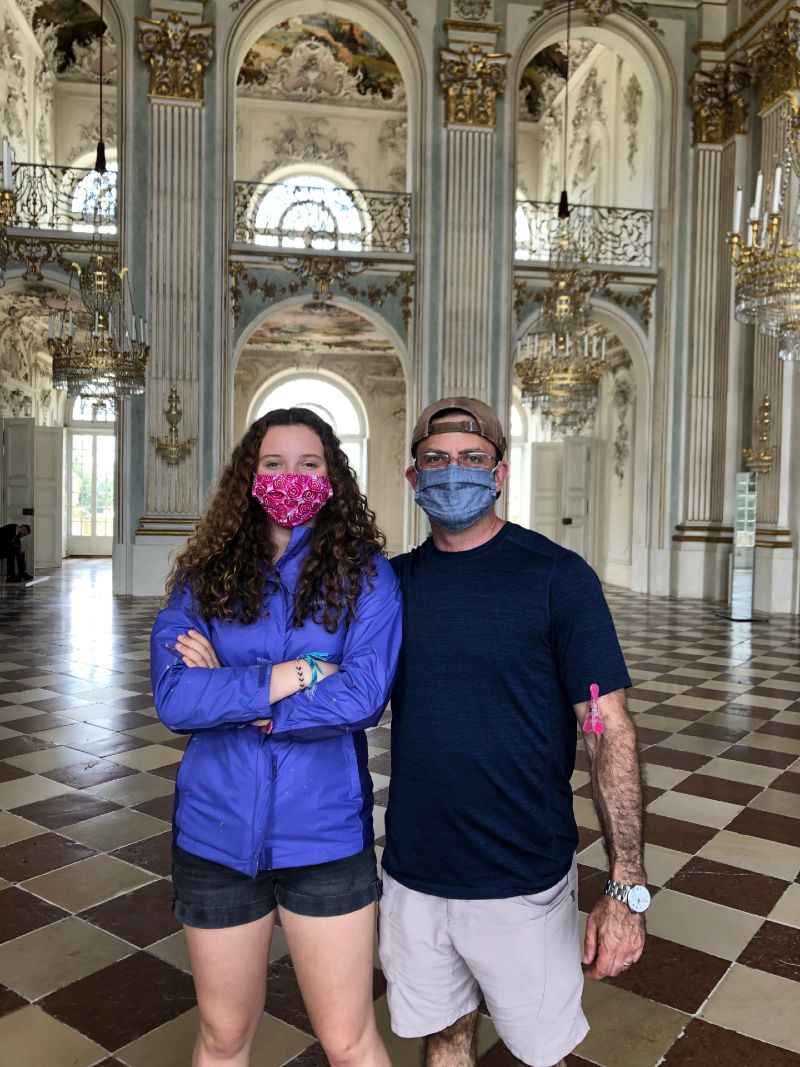
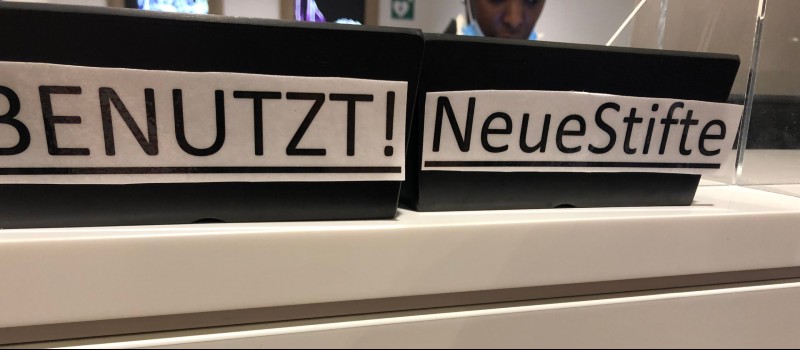
Gear is always important when traveling so add a few more things to your travel checklist. In Germany, most places are requiring masks in all indoor spaces: hotel lobbies, restaurants (except when at the table), museums, stores, etc. Get used to the mask and make sure it’s included in your daily checklist before you leave the hotel. Do I have my phone, wallet, and mask?
Not all masks are the same. I have several lovely masks sewn by local mamas, and they are so pretty. BUT, after two hours in the museum, my ears were aching. The disposable ones are nice and loose-fitting for periods when you need to wear them for more than an hour. Get a good comfortable mask that you can tolerate.
A few extra supplies that might be helpful to have:
- Your own pen, readily available: Most restaurants require you provide your name and phone number for tracing purposes (in case someone reports being sick). Save yourself the hassle (and sanitizer) and just use your own pen.
- Hand sanitizer: Surprisingly, every place we went into had its own, but in case you want to avoid one more are of contact, just carry your own.
- Disinfecting wipes: I just keep these in plastic bag in my purse, just in case. I hardly ever used them, but it was nice to know they were there.
Book Ahead: Make Restaurant Reservations and Appointments
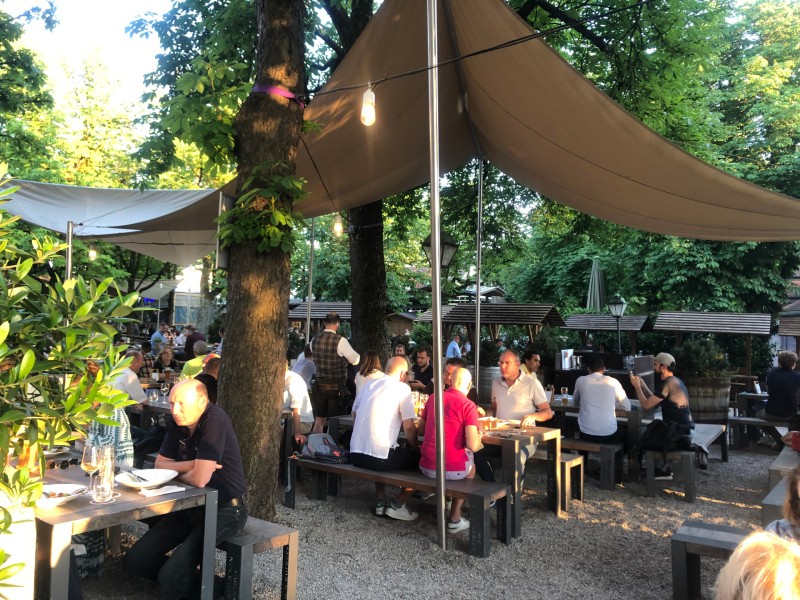
Going out and sitting in a restaurant felt like a novelty after many months. I know many establishments need the money so we tried to eat out a little more than usual. Every location has different restrictions regarding eating-in at restaurants. Keep in mind many restaurants may be limited in the number of people they can seat, which means reservations are recommended. We noticed some places spread out the tables, others installed plastic dividers and other blocked out every other table. If there’s a place where you really want to eat, make a reservation.
While we were only expected to wear a mask until we sat at our table or got up for the toilets, the servers wore masks the whole time.
Related: My Favorite Travel Apps to Plan and Navigate Our Family Adventures
Enjoy Less Crowds
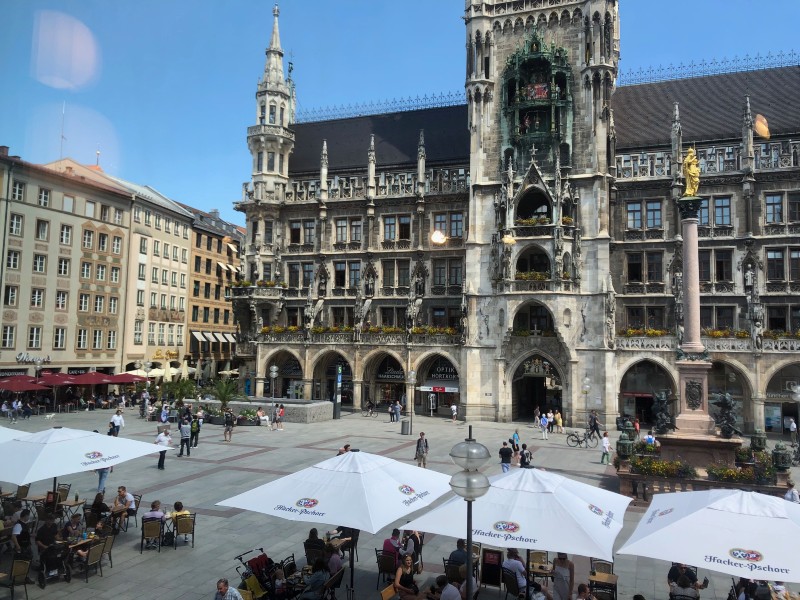
The unexpected benefit to traveling so quickly after restrictions lifted is few crowds. It was so nice to be able to see major tourist sites without busloads of tourists. It felt a little like how things used to be before traveling became so easy.
Neuschwanstein, usually overrun with tourists and their accompanying selfie sticks, was a pleasant hike, without seeing another person now and then. When we got to the bridge, a long wait in line was required since only 50 people were allowed at time, but once on the bridge we had time to take ample pictures and enjoy the view.
The difference between normal summer Bavarian Summer and Summer 2020 is best displayed visually. This is how walking up to Neuschwanstein looks like normally and what it was like when we visited midday last week:

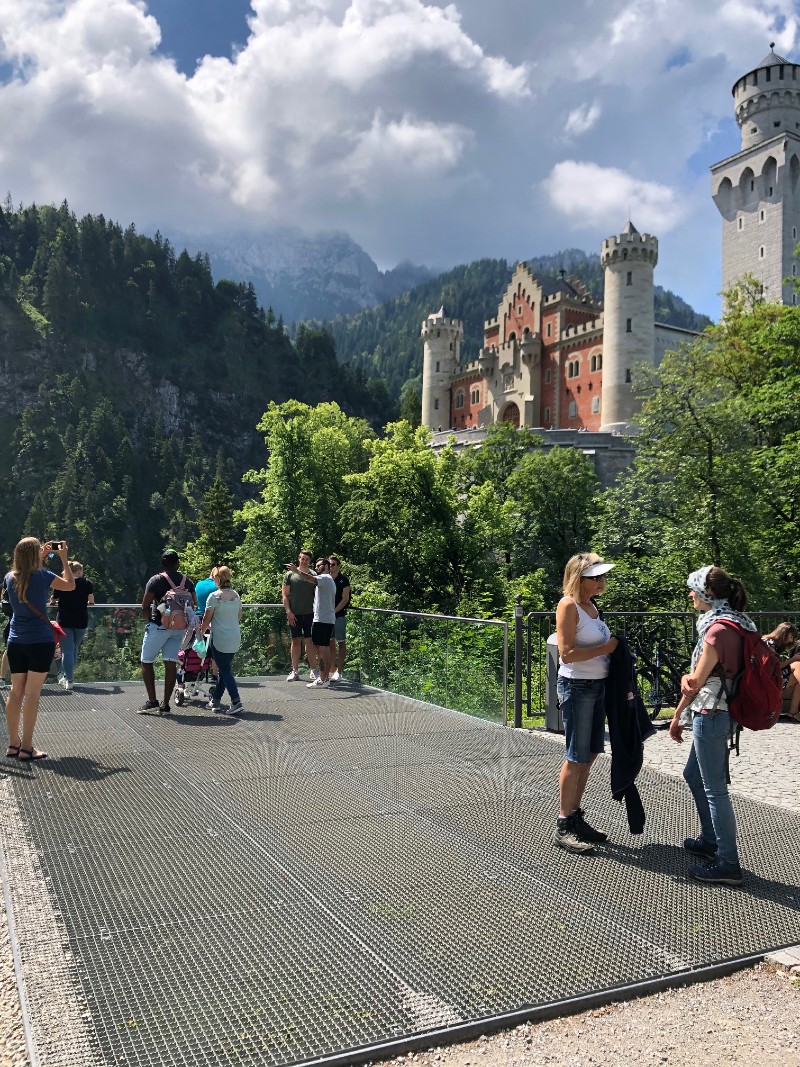
Related: How to (Nearly) Master Traveling with Teenagers
Be Flexible and Patient
Of course, with various restrictions it means some things aren’t available. Along with lots of arrows on the floor denoting where to walk or dots on where to stand, we found many things were closed off or tours were cancelled. We tried to go on a beer tasting tour at one of the famous Bavarian breweries, a tour of the Dachau Concentration Memorial and take a tour of the BMW factory. All were unavailable due to COVID precautions.
If there are particular things you really must see or do, spend some time researching (and calling/emailing) to get the most updated restrictions. The anticipated tour of Dachau changed daily, and our expectation was to arrive for the 11 am English tour. With almost daily changes, the website had not been updated. Best to call ask ahead of time and be flexible when plans change.
Post-Quarantine Travel: Pros and Cons

A few final takeaways from our experience:
- Traveling in the Corona-era presents two different sides of the coin. For example, we found a small biergarten in Munich along the Isar River. While the area was rather large, they were limiting seating four customers to a big table, two to a small one which could mean a long line for a table. But once seated, it was a really pleasant experience. Normally the stand-offish, Germans will sit uncomfortably close to you if there’s communal beer drinking involved.
- While annoying to wear masks inside the hotel, the Holiday Inn was probably only 25 percent occupied, which meant no crowds, always an elevator, and tons of parking the garage was easy. Similar to the hotel, the museum also required masks, but we basically had all the museums to ourselves.
- Most tours in Munich are still struggling to get back on their feet. When we reached out to a tour guide Jax from Experience Munich Tours, normally leading daily group tours of 10-20 people, he offered our family a private walking tour.
In general, people seemed a little friendlier. Maybe because Bavarians actually are known to be friendlier than Hessians, but likely because our tourist dollars were even more welcome. We actually had a waiter say “Wow, are you guys tourists? This is so exciting! Welcome back! We’re so happy you’re here.” And he wasn’t being hipster ironic, he was honestly happy to have customers (and, presumably, tips).

